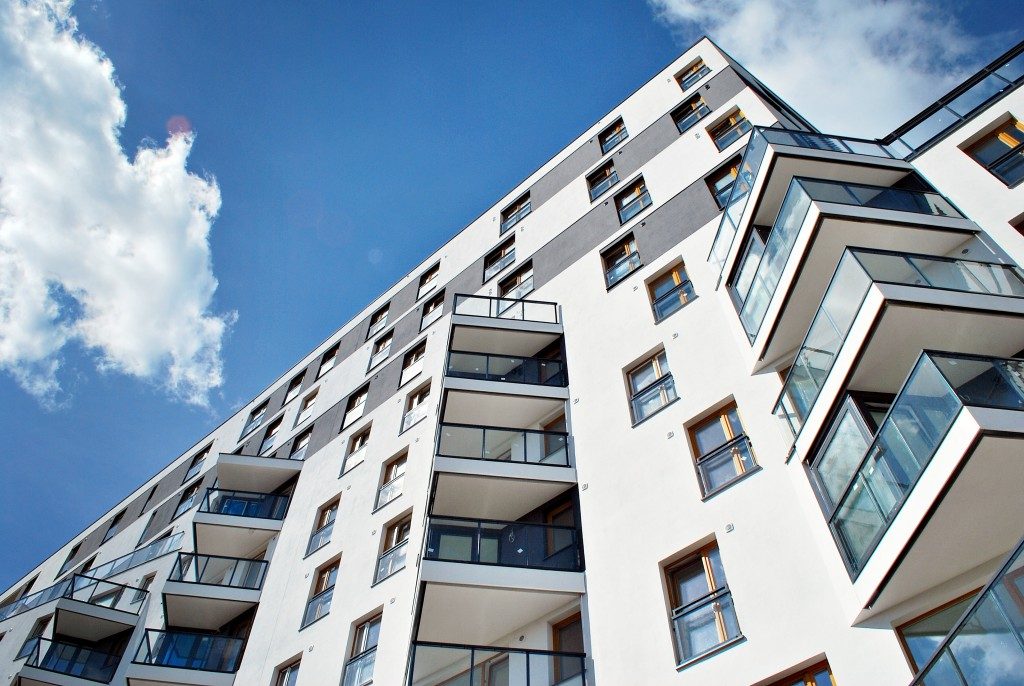You may think of a building’s facade as something that makes it eye-catching or as something that only makes it stand out among others. That isn’t entirely false, but there is more to a facade than what meets the eye. What we don’t see are the rain screens installed behind the glass or metal facades of the building, or in some cases, in the exterior of houses. Rain screens serve a lot of purposes and they are parts of the reasons buildings last long.
To understand what a rain screen is, it is basically a wall system that diverts moisture out of the building’s outer wall. It prevents water from penetrating the walls; therefore, keeping the interiors dry. This is necessary because trapped moisture within a wall affects the building’s service life. Approximately 90% of wall failures are due to moisture-related issues.
Rain screens or rain screen claddings use different technologies, and an example would be the honeycomb facade panel, which adapts the honeycomb structure to minimize the materials used to attain minimal weight and cost.
Understanding the entire technology of rain screens may be overwhelming if you are learning it for the first time, so here is a simple explanation of how rain screens work and their two basic functions:
Waterproofing
Rain screens are able to divert moisture because they use structures to make water resist its flow caused by wind and gravity. When water from rain or snow reaches the outer cladding (the rain screen’s exterior surface), the water would only seep, losing its momentum when it makes contact with the building’s surface.
The cladding is separated by a small gap from the rest of the wall structure, preventing water from touching the walls. To make this work, when the water starts to seep, it reaches the inner side of the cladding, and then gravity may now do its work by making the water flow downward.
One of the composites of a rain screen is a weather-resistant barrier. This barrier is placed behind the cladding so that any stray drops will be repelled.
Anti-Deterioration

The weather-resistant barrier does not only repel stray raindrops; it protects the walls from harmful UV rays as well. Prolonged exposure to sunlight, aside from water, is a cause of a deteriorating wall. If buildings have no rainscreen claddings installed, the paint may suffer from ultraviolet radiation because of its chemical components reacting to the light.
High temperatures also affect the external structure. Oxidation of material could be accelerated without the protection of a rain screen. In low temperatures, on the other hand, temporary or permanent changes in the structure’s physical and chemical properties may occur, such as gradual brittleness.
Moisture, on the other hand, allows physical, chemical, and biological reactions to take place. Various metals may corrode in contact with water and damp air. Aside from rain, snow, and dew, water may also come from the ground. And if the construction of a building is faulty, water from the ground may deteriorate the building’s outer surface. Rain screens prevent this problem and maximize the building’s durability and longevity.
Although this technology sounds advanced, rain screens have been around for a long time, for centuries even. But with various architectural and engineering methods continuously advancing, rain screen features have also evolved through the years. Knowing the basic functions of a rain screen will help us understand why skyscrapers and other commercial buildings withstand harsh weathers and endure so much contact with water. Because rain screens can also be installed in houses, you may also consider having one for yours.

